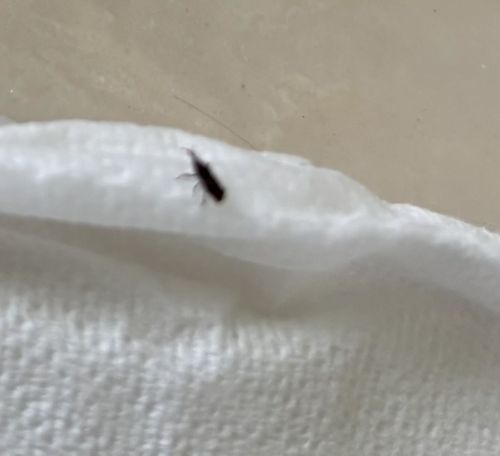Ant
Scientific Name: Formicidae (family)
Order & Family: Hymenoptera (Order), Formicidae (Family)
Size: Most ants range from 2 mm to 25 mm (0.08 to 1 inch) in length, depending on the species and caste.

Natural Habitat
Ants are found almost everywhere on land, from forests, deserts, and grasslands to urban environments and homes. They often build nests in soil, under rocks, in wood, or within structures.
Diet & Feeding
Ants are omnivores with highly varied diets. They feed on nectar, seeds, fungi, other insects (both living and dead), and often scavenge human food scraps. Their diet depends heavily on the species and what food sources are available in their environment.
Behavior Patterns
Ants are social insects that live in structured colonies. They exhibit complex social behaviors including division of labor (queens, workers, males), communication through pheromones, cooperative foraging, and nest building. Many species are highly territorial.
Risks & Benefits
Potential risks include property damage (some species like carpenter ants can burrow into wood), contamination of food, and painful stings or bites from certain species (e.g., fire ants). Benefits include pest control (predating on other insects), soil aeration and nutrient cycling, and seed dispersal for some plant species.
Identified on: 9/20/2025